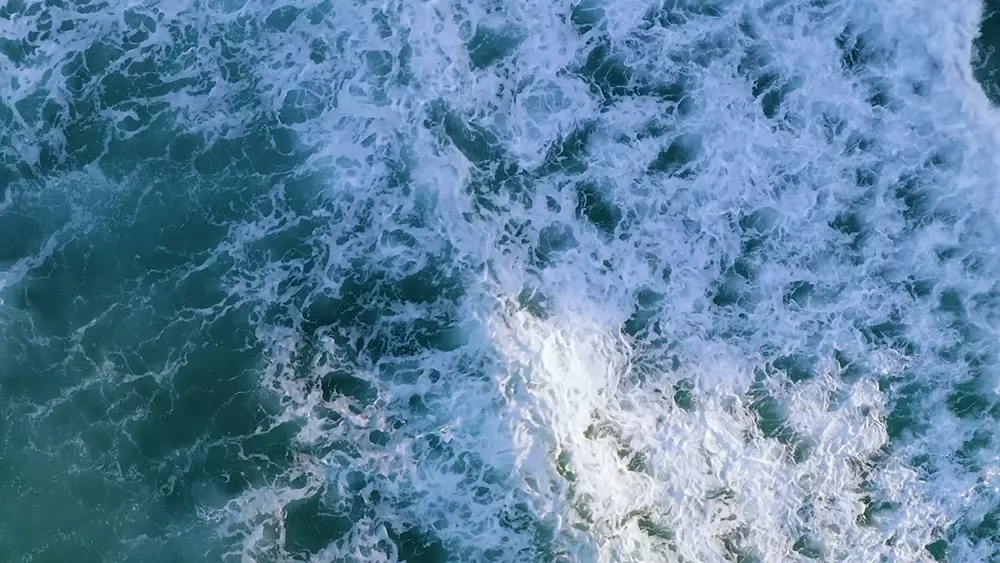The king of new materials carbon fiber know how much
Time:
2023-03-17 18:20
Carbon fiber is made of polyacrylonitrile or asphalt, viscose and other organic parent fiber, pyrolysis carbonization under high temperature environment to form carbon main chain structure, carbon content in more than 90% inorganic polymer fiber. It not only has the inherent characteristic of carbon material, but also has the soft machinability of textile fiber. It is a new generation of reinforced fiber.
A brief introduction of carbon fiber: “ The King of New Materials
Carbon fiber is black, its light weight, high strength, and easy to form, corrosion resistance, high temperature resistance and other excellent properties, has been widely used in aerospace, wind power blades, sports and leisure, pressure vessels, carbon/carbon composite materials, transportation construction and many other fields.
Picture ▲ Carbon fiber sample picture
1. Properties and Characteristics of carbon fiber 2. Main classification of carbon fiberCarbon fibers can be classified according to different dimensions, such as type of protofilament, mechanical properties, bundle specifications, and protofilament preparation technology. The classification standards of different types of carbon fibers are as follows:
1) Protofilament species
Carbon fiber can be divided into PAN based carbon fiber, asphalt based carbon fiber and viscose based carbon fiber. Among them, PAN-based carbon fiber due to the relatively simple production process, excellent mechanical properties of products, widely used, since its introduction in the 1960s, rapidly occupied the mainstream position, accounting for more than 90% of the total carbon fiber. The output scale of asphalt base and viscose base is small. Therefore, the current carbon fiber generally refers to PAN - based carbon fiber.
2) Mechanical properties
Carbon fiber is widely used as a reinforcement material because of its excellent mechanical properties, so the industry mainly uses mechanical properties classification. The product classification in the industry mainly refers to the brand of Toray in Japan, and determines the brand and level of its own products on this basis.
Picture ▲ Carbon fiber mechanical properties classification
3) Bundle specification
Carbon fibers can be divided into small bundles and large bundles according to the number of single fibers in each bundle. It is usually named according to the ratio of the number of monofilaments in a carbon fiber to 1,000. For example, 12K refers to a carbon fiber with 12,000 monofilaments in a single bundle.
Picture ▲ Carbon fiber size bundle classification
4) Preparation technology of protofilament
According to the selection of spinning solvent, the continuity of the polymerization process, the process method used for spinning, profilament preparation can be divided into different process types: according to the spinning solvent, including DMSO (dimethyl sulfoxide), DMAc (N, n-dimethyl acetamide), NaSCN (sodium thiocyanate) and other different solvent categories.
According to the continuity of polymerization process, it can be divided into one-step method and two-step method; According to the spinning process, it can be divided into wet spinning and dry spraying wet spinning. Among them, the selection and control of spinning process is the key factor for the stable production of high performance filament.
3. Development History of carbon fiberThe whole carbon fiber market has roughly experienced four stages: starting, growing, expanding and overall expanding.
Initial Stage (1971-1983)
Carbon fiber is mainly used in the field of fishing rod, aircraft secondary bearing structure;
Growth Stage (1984-1993)
The application field of carbon fiber expanded to tennis rackets, golf clubs, aircraft main bearing structure application, during this period, carbon fiber products increased, forming technology gradually improved;
Expansion Period (1994-2003)
The industrial application of carbon fiber began to take off. Carbon fiber products began to enter pressure vessels, industrial machines, boats, civil engineering and construction, repair and reinforcement, and other fields. During this period, the production cost of carbon fiber began to decrease.
Full-scale expansion Period (2004-present)
Aircraft applications continue to expand and gradually develop into pressure vessels and automotive industry applications, at the same time, carbon fiber manufacturing methods are gradually diversified, product production is more focused on recycling.
4. Carbon Fiber production and preparation processThe production process of carbon fiber is long and complex. It is generally divided into four steps, including preparation of protofilament (including polymerization and spinning), pre-oxidation, carbonization/graphitization and surface treatment/sizing.
The production process of carbon fiber is to polymerize acrylonitrile monomer into spinning stoste, and then spin the stoste to make the protofilament, which is the precursor of carbon fiber; The raw silk is processed in the oxidizing furnace and reacts in the air atmosphere to get the pre-oxygenated silk. Under the protection of nitrogen, the pre-oxygenated silk is carbonized at low temperature and high temperature respectively to get carbon silk. In order to make a carbon fiber composite, the surface treatment, sizing, and finally drying of the carbon fiber is required.
Related news
SAF Coolest v1.1 设置面板 BDMSX-ZVTX-ISSQE-DWF
SVG图标库请自行添加图标,用div包起来,并命名使用
右侧在线客服组件



